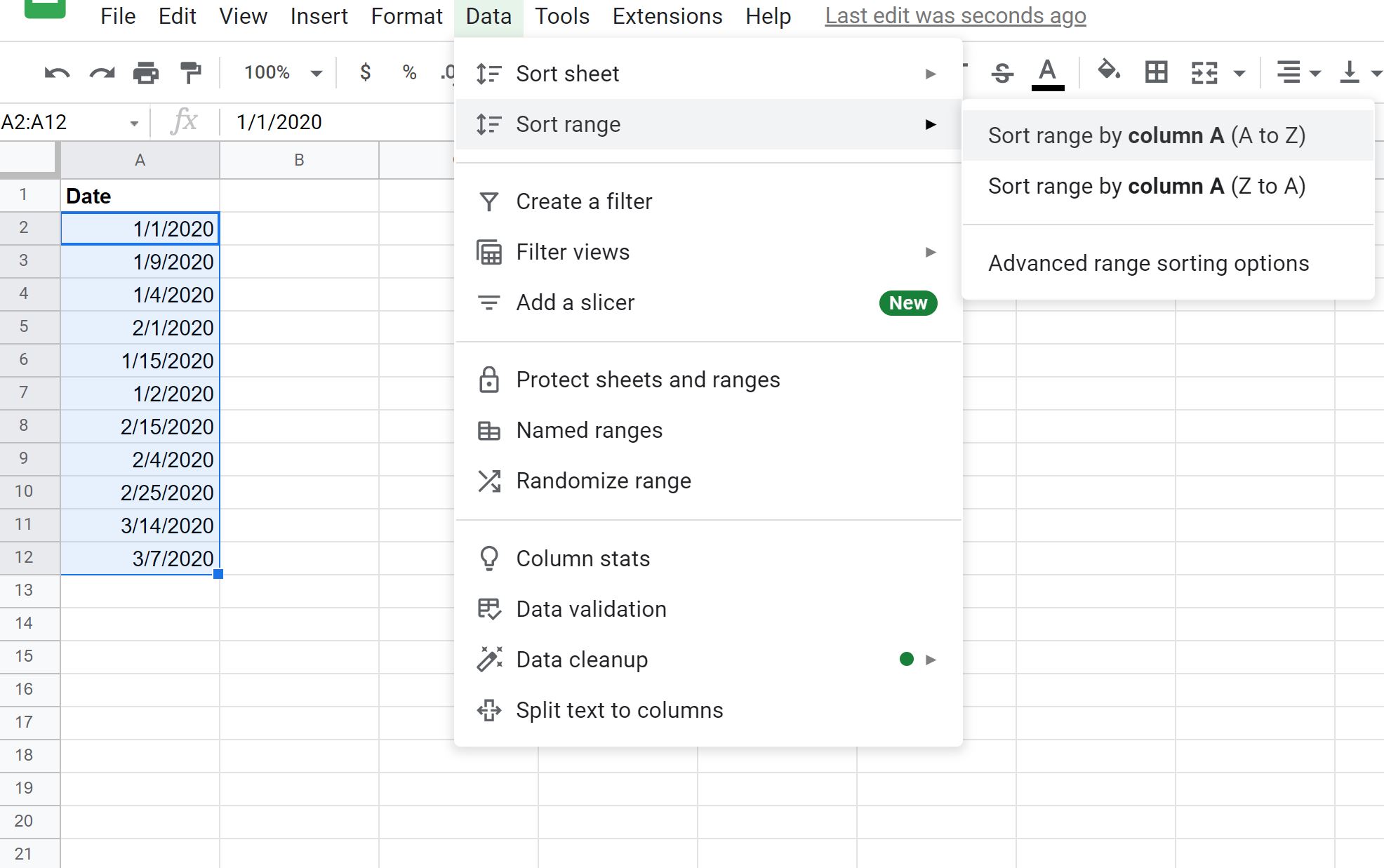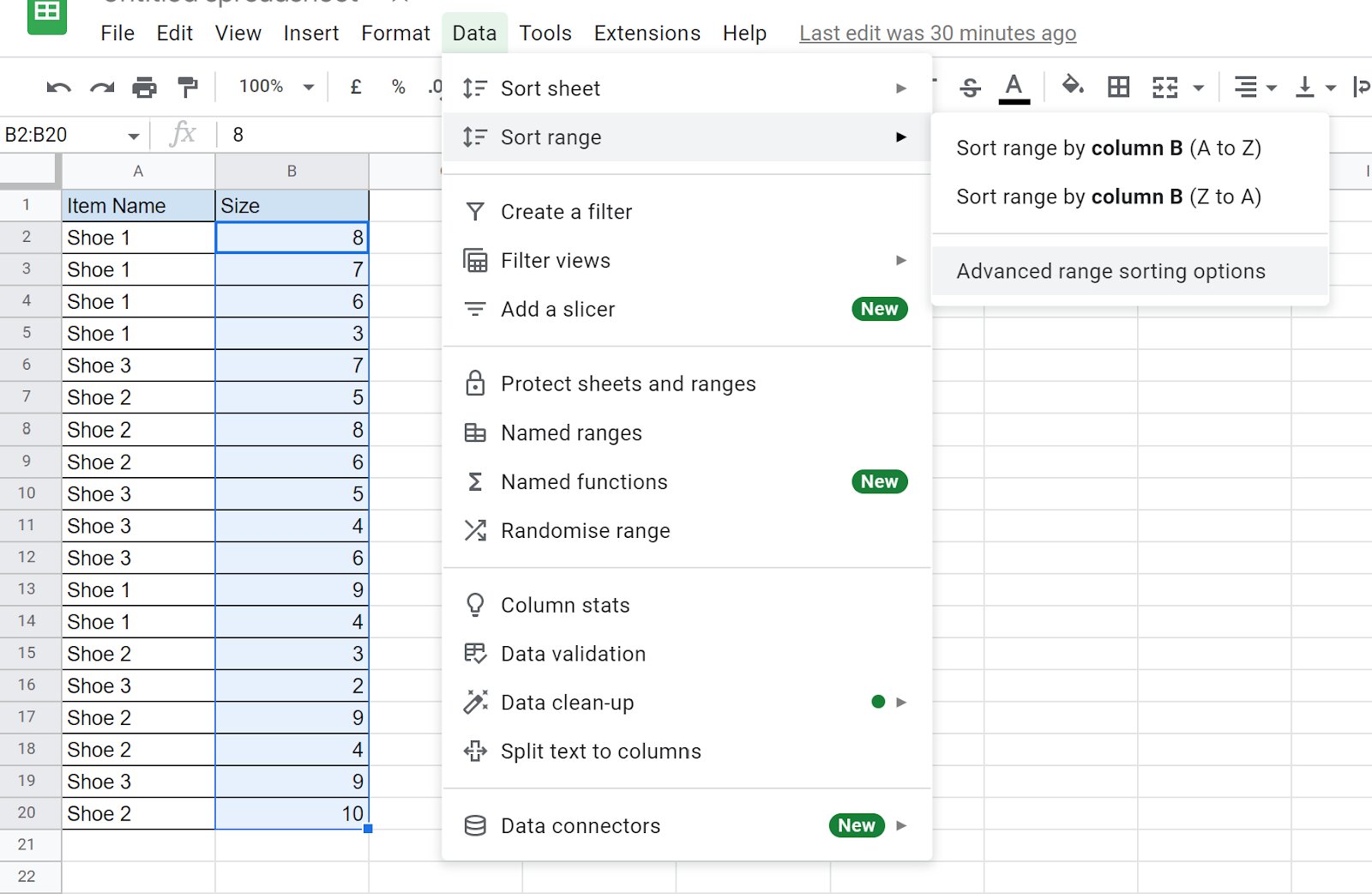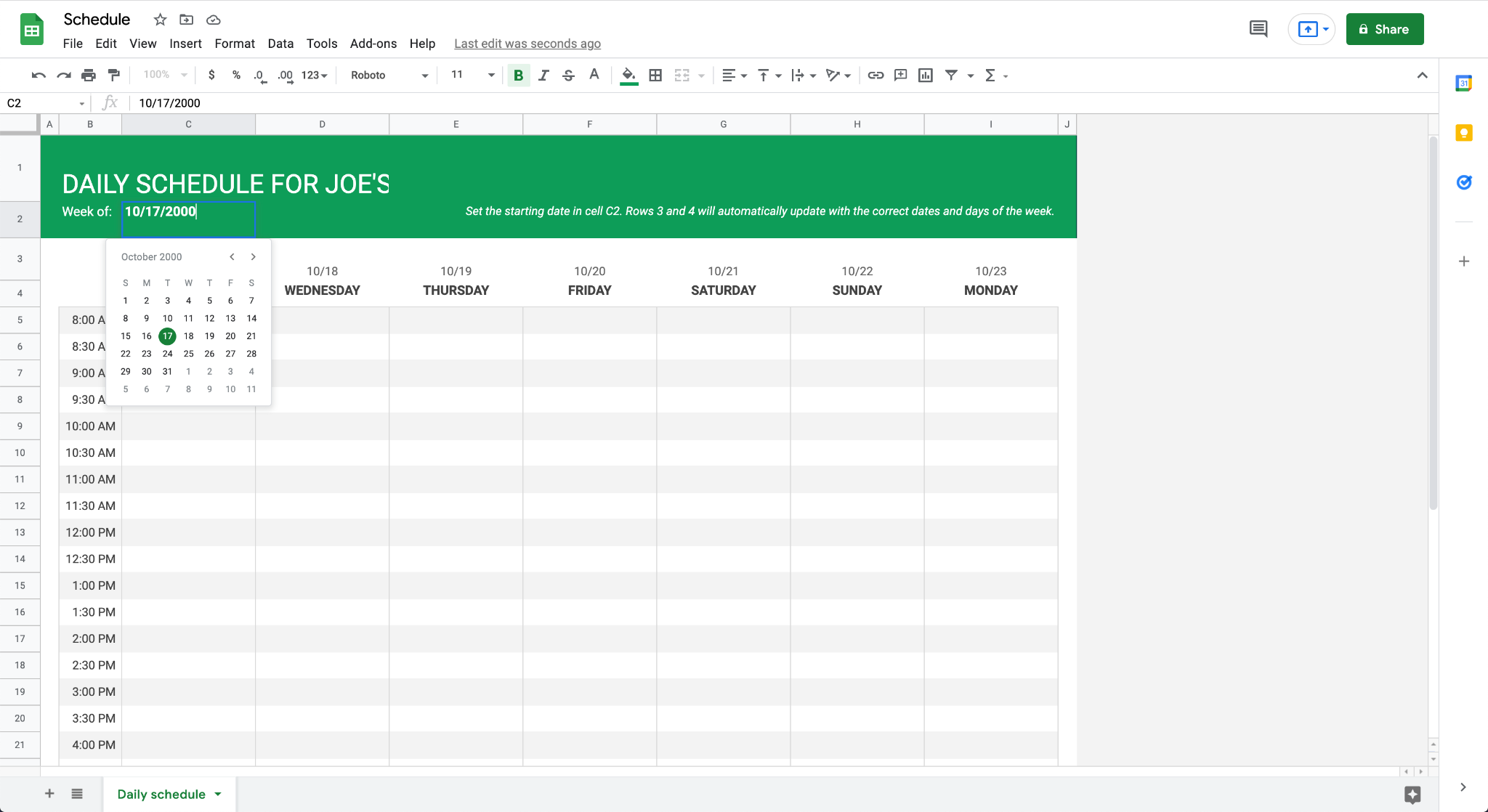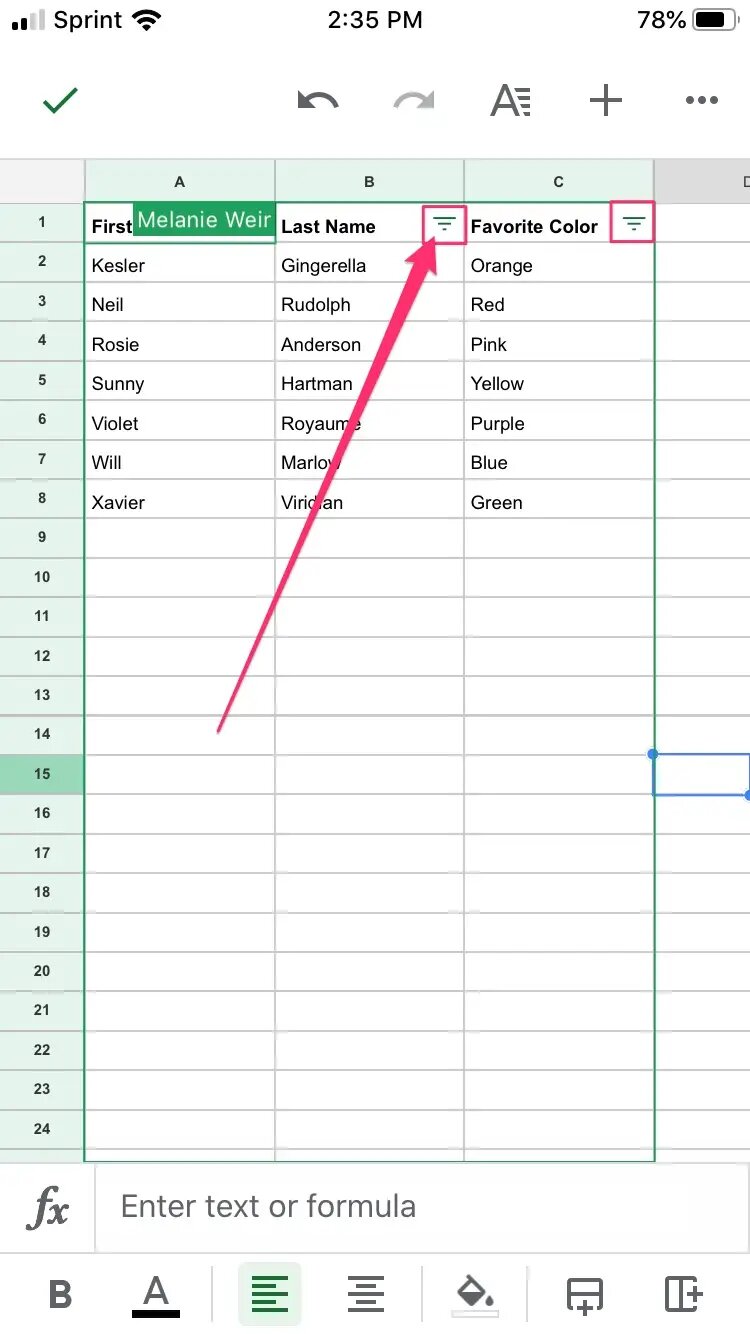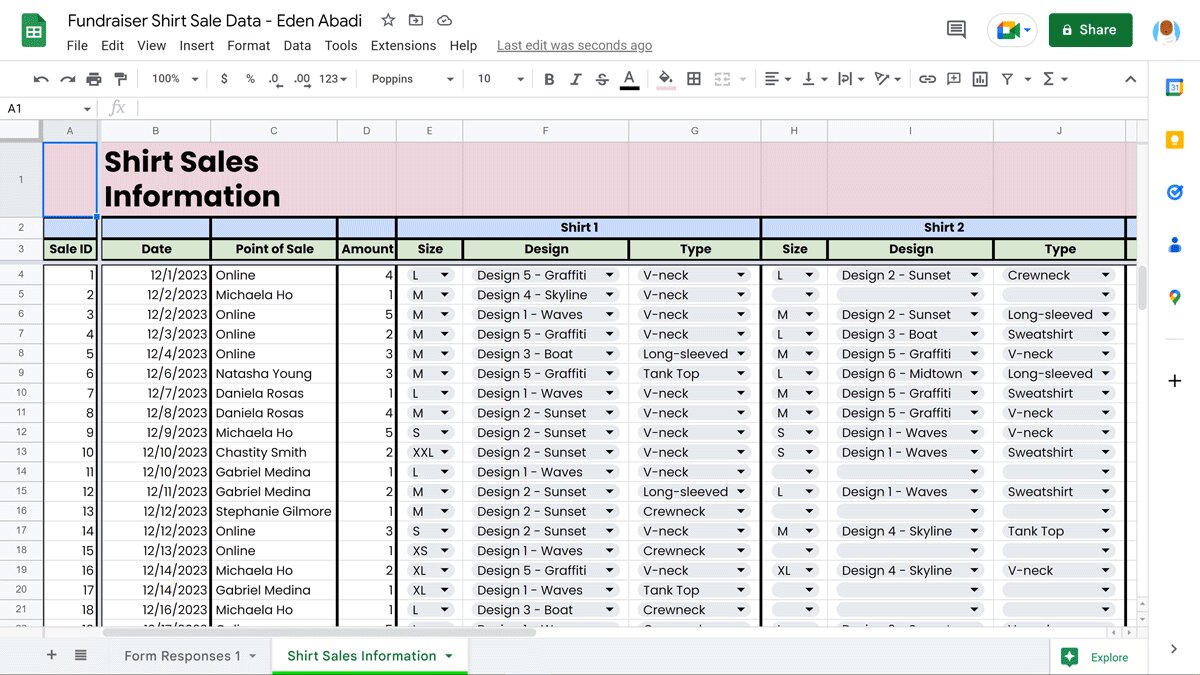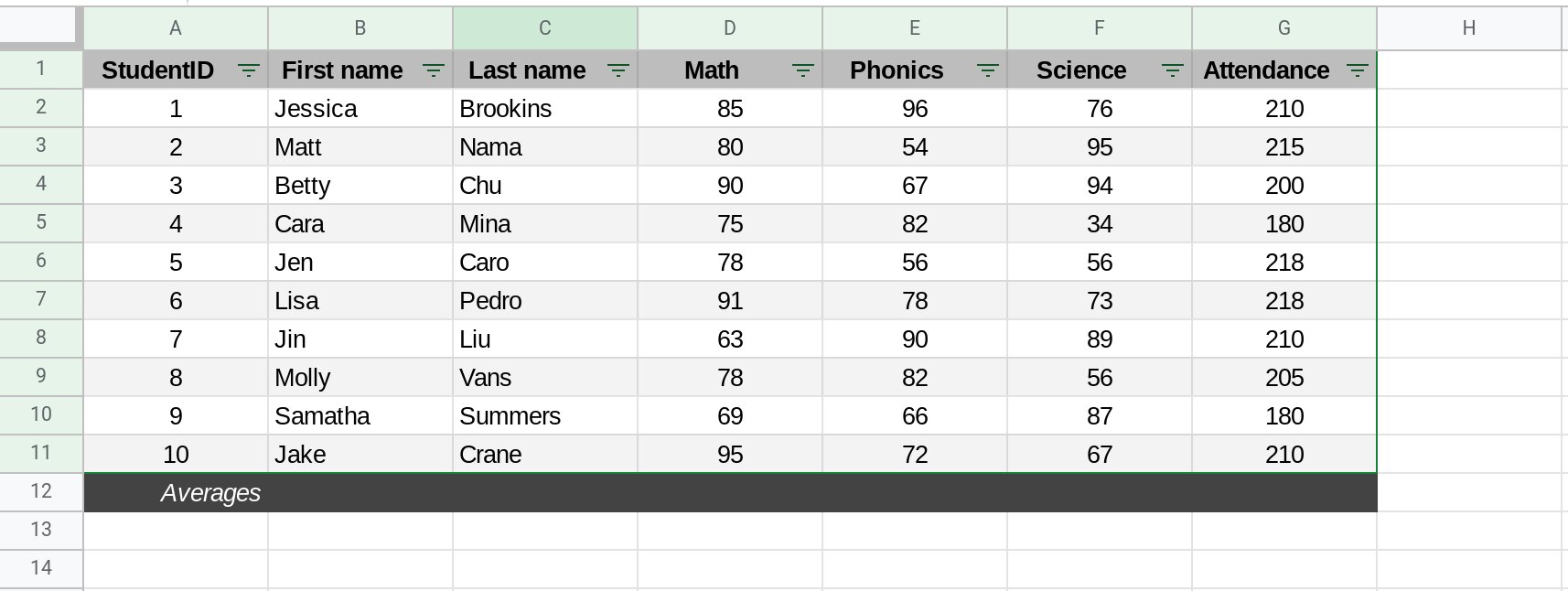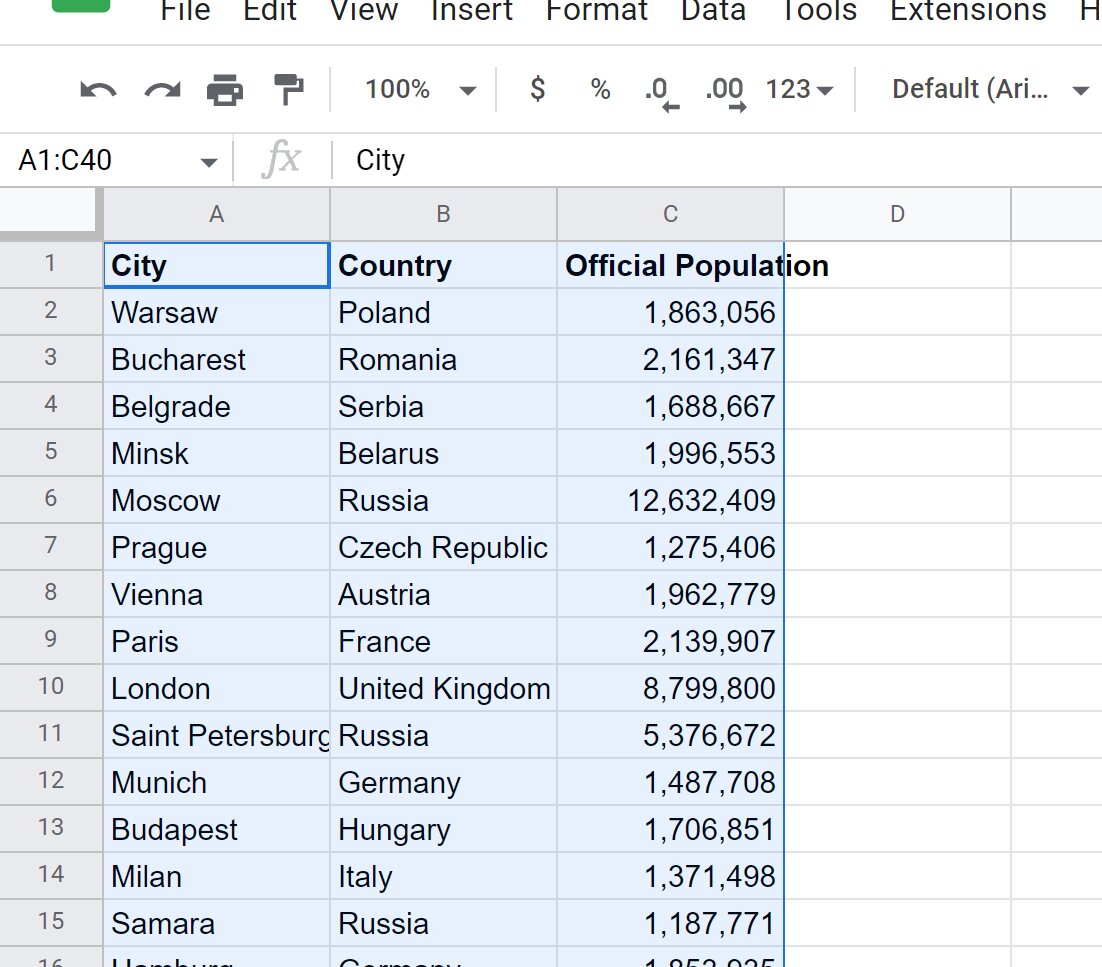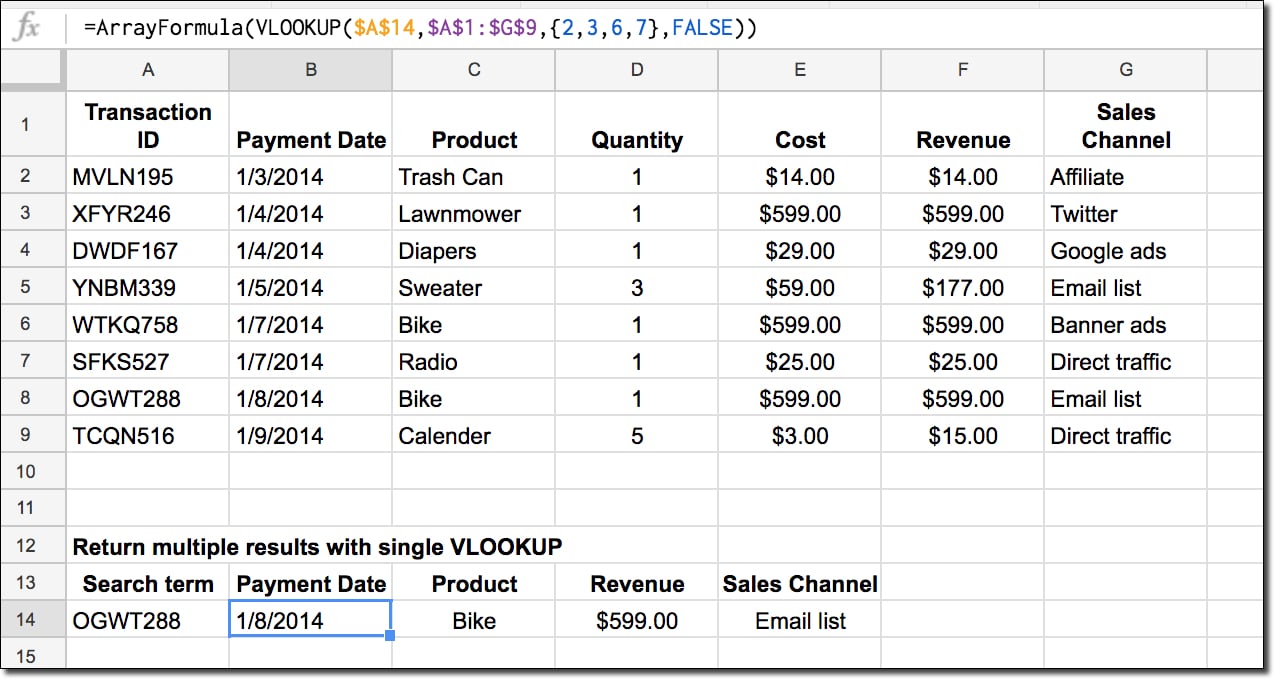Introduction
Welcome to our guide on how to sort by date in Google Sheets. Sorting data is a vital aspect of data management, as it allows you to organize and analyze information in a structured manner. However, sorting by date can present some challenges due to the specific format and requirements of dates.
Google Sheets is a powerful spreadsheet software that offers various methods to sort data by date. In this article, we will explore five different methods that you can use to sort your data based on dates efficiently.
Whether you are organizing project deadlines, tracking sales figures, or managing personal finances, sorting data by date can greatly enhance your data analysis capabilities. By arranging information chronologically, you can gain insights into trends, patterns, and make informed decisions based on historical data.
Throughout this guide, we will walk you through each method step-by-step, explaining the process and providing useful examples along the way. You don’t need to be an advanced user to follow along; we’ll make sure the instructions are clear and easy to understand.
Before we dive into the specific methods, it’s important to note that the optimal method for sorting by date may vary depending on your specific needs and the structure of your data. Therefore, we encourage you to read through all the methods and determine which one best suits your requirements.
So, without further ado, let’s explore the different methods that will allow you to sort by date in Google Sheets. By the end of this guide, you’ll have a comprehensive understanding of how to effectively organize your data based on dates and extract valuable insights from your spreadsheets.
Method 1: Using the “Sort Range” Function
One of the simplest ways to sort data by date in Google Sheets is by using the built-in “Sort Range” function. This function allows you to sort a specific range of cells based on a chosen column.
To start, select the data range that you want to sort. You can do this by clicking and dragging your cursor over the cells. Alternatively, you can press Ctrl + A to select the entire sheet if you want to sort the entire dataset.
Next, navigate to the “Data” menu at the top of the page and hover over “Sort range.” A dropdown menu will appear, allowing you to choose between sorting in ascending or descending order. Select the desired option.
A dialog box will appear where you can specify the column by which you want to sort. Choose the column that contains the date values. Ensure that the “Data has a header row” option is selected if your data has headers.
Once you’ve chosen the sorting criteria, click on the “Sort” button. Google Sheets will rearrange the data according to the selected column, either in ascending or descending order.
This method preserves the structure and formatting of your data while sorting it. It is useful when you want to quickly rearrange a specific range or dataset based on date values.
However, it’s important to note that this method sorts the data directly in the sheet, modifying the original order. If you want to keep the original order intact while having a sorted view, you may consider using other methods or creating a duplicate sheet for sorting purposes.
Now that you’re familiar with the first method, let’s move on to the next one.
Method 2: Using the “Order By” Function
Another effective method for sorting data by date in Google Sheets is by using the “Order By” function. This function is particularly useful when you want to sort your data based on multiple columns, including the date column.
To begin, start by selecting an empty cell where you want the sorted data to appear.
Next, enter the following formula: =QUERY(range, "SELECT * ORDER BY date_column ASC/DESC")
Replace “range” with the range of cells where your data is located, for example, A1:D10. Replace “date_column” with the specific column letter or number that contains the date values.
In the formula, “ASC” represents ascending order, and “DESC” represents descending order. Choose the appropriate option based on how you want your data sorted.
After entering the formula, press Enter. Google Sheets will execute the function and display the sorted data in the selected cell.
Unlike the previous method, the “Order By” function creates a new range with the sorted data instead of modifying the original range. This allows you to have a sorted view without altering the original order.
The “Order By” function is flexible and can be combined with other query conditions, allowing you to sort data based on multiple criteria simultaneously.
Now that you’ve learned how to use the “Order By” function, let’s move on to the next method.
Method 3: Using the “SORT” Function
Google Sheets provides a powerful built-in function called “SORT” that allows you to sort data by date with ease. This function is particularly useful when you want to create a sorted version of your data without modifying the original range.
To start, select an empty cell where you want the sorted data to appear.
Next, use the “SORT” function with the following syntax: =SORT(range, column, is_ascending)
Replace “range” with the range of cells where your data is located, for example, A1:D10. Specify the column that contains the date values by replacing “column” with the column number or letter.
Lastly, specify whether you want the data sorted in ascending or descending order by replacing “is_ascending” with either TRUE or FALSE, respectively.
After entering the formula, press Enter. Google Sheets will execute the function and display the sorted data in the selected cell.
The “SORT” function creates a new, sorted version of your data without affecting the original range. This allows you to maintain the original order while having a sorted view of your data.
Additionally, you can also combine the “SORT” function with other functions, such as “ARRAYFORMULA” or “FILTER,” to further refine and customize the sorting criteria.
Now that you’re familiar with the “SORT” function, let’s move on to the next method.
Method 4: Using the “QUERY” Function
When it comes to sorting data by date in Google Sheets, the versatile “QUERY” function offers a powerful solution. This function allows you to filter and sort your data based on specific criteria, including dates.
To begin, select an empty cell where you want the sorted data to appear.
To use the “QUERY” function for sorting, enter the following formula: =QUERY(range, "SELECT * ORDER BY date_column ASC/DESC")
Replace “range” with the range of cells where your data is located, such as A1:D10. Replace “date_column” with the specific column letter or number that contains the date values.
In the formula, “SELECT *” retrieves all columns from the selected range. You can adjust this part according to your specific needs. “ORDER BY” is used to sort the data. Specify “ASC” for ascending order or “DESC” for descending order.
Once you’ve entered the formula, press Enter. Google Sheets will sort the data based on the specified date column and display the results in the selected cell.
The “QUERY” function not only allows you to sort data by dates but can also filter data based on multiple conditions. You can include additional criteria to further refine the sorting results.
With the “QUERY” function, you have the flexibility to customize the sorting criteria and incorporate other parameters to meet your specific needs.
Now that you’ve learned how to use the “QUERY” function for sorting, let’s move on to the final method.
Method 5: Using the “FILTER” Function
The “FILTER” function in Google Sheets provides another effective method for sorting data by date. This function allows you to create dynamic filtered views of your data based on specific criteria, including dates.
To begin, select an empty cell where you want the sorted data to appear.
Next, use the “FILTER” function with the following syntax: =FILTER(range, condition1, condition2, ...)
Replace “range” with the range of cells where your data is located, for example, A1:D10. Specify the desired filter condition that includes the sorting criteria based on the date column.
For example, to sort data by ascending order, you can use the formula: =FILTER(range, date_column >= startDate, date_column <= endDate)
Replace "date_column" with the specific column letter or number that contains the date values. Modify "startDate" and "endDate" with the desired range of dates that you want to filter and sort.
After entering the formula, press Enter. Google Sheets will apply the specified filter and display the sorted results based on the date criteria in the selected cell.
The "FILTER" function allows you to not only sort data by dates but also filter other conditions simultaneously. This flexibility makes it a powerful tool for sorting and organizing complex datasets based on different criteria.
Now that you've learned how to use the "FILTER" function for sorting, you have one more convenient method in your toolkit for organizing your data by date.
Conclusion
Sorting data by date in Google Sheets is a crucial skill for effectively managing and analyzing information. In this guide, we explored five different methods that you can use to sort data based on dates in Google Sheets.
We started with the "Sort Range" function, which allows you to quickly sort a specific range of cells based on a chosen column. This method is ideal for simple sorting tasks where you want to rearrange the data directly in the sheet.
Next, we discussed the "Order By" function, which is useful for sorting data based on multiple columns, including the date column. This function provides flexibility and allows you to sort data in ascending or descending order.
In the third method, we explored the "SORT" function, which creates a new, sorted version of your data without modifying the original range. This approach gives you the ability to maintain the original order while having a sorted view of the data.
The fourth method introduced the "QUERY" function, which not only allows you to sort data by dates but also provides the capability to filter data based on multiple conditions. This function is highly versatile and can be customized to meet specific sorting and filtering requirements.
Lastly, we discussed the "FILTER" function, which enables you to create dynamic filtered views of your data, including sorting by dates. This function is particularly useful when you need to sort and filter data simultaneously based on specific criteria.
By now, you should have a comprehensive understanding of these five methods for sorting data by date in Google Sheets. Each method offers its own advantages and can be applied to different scenarios based on your specific needs.
Experiment with these methods and explore how they can enhance your data organization and analysis workflows. With these valuable techniques at your disposal, you will be able to sort and arrange your data efficiently, gaining better insights and making informed decisions.







